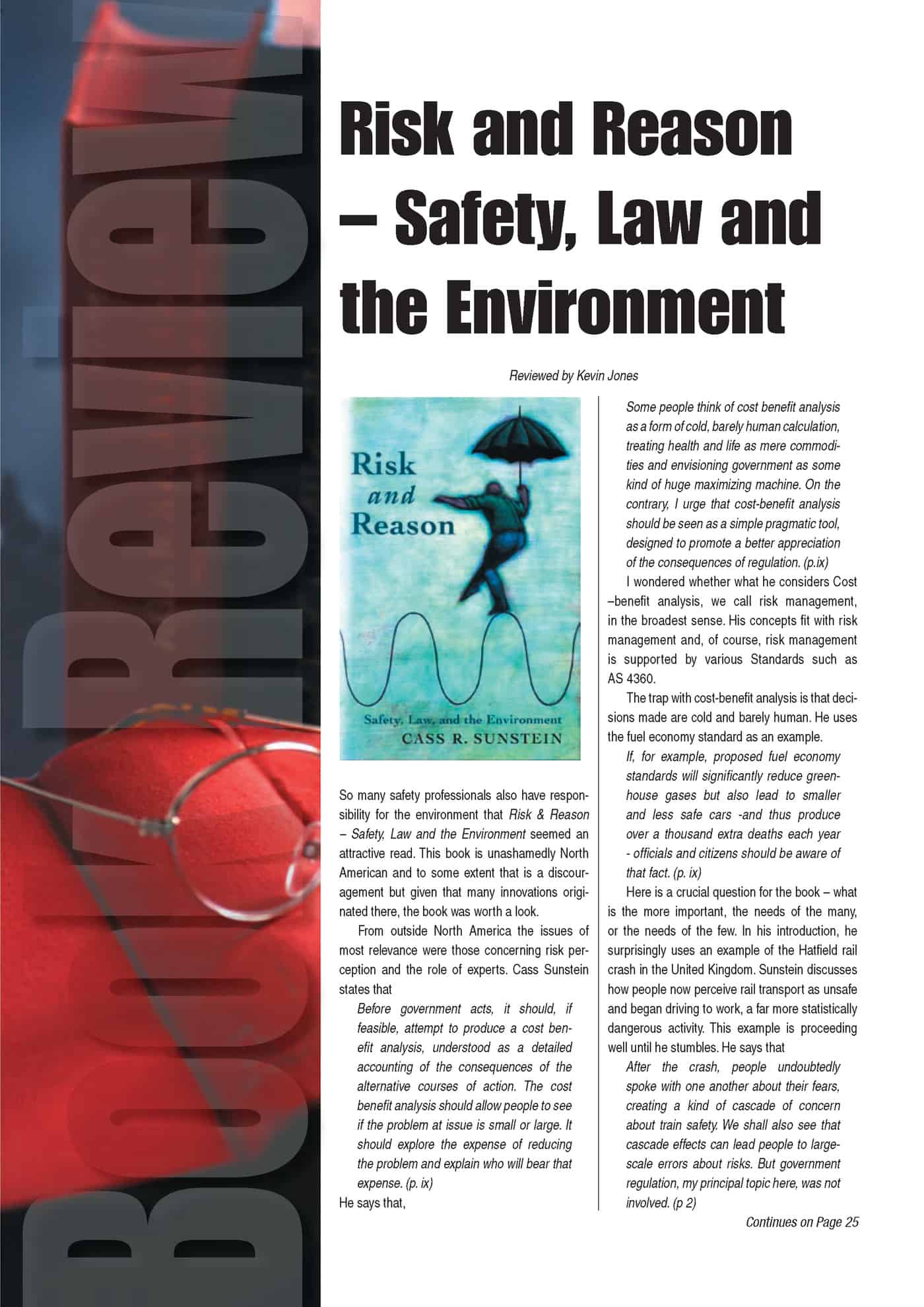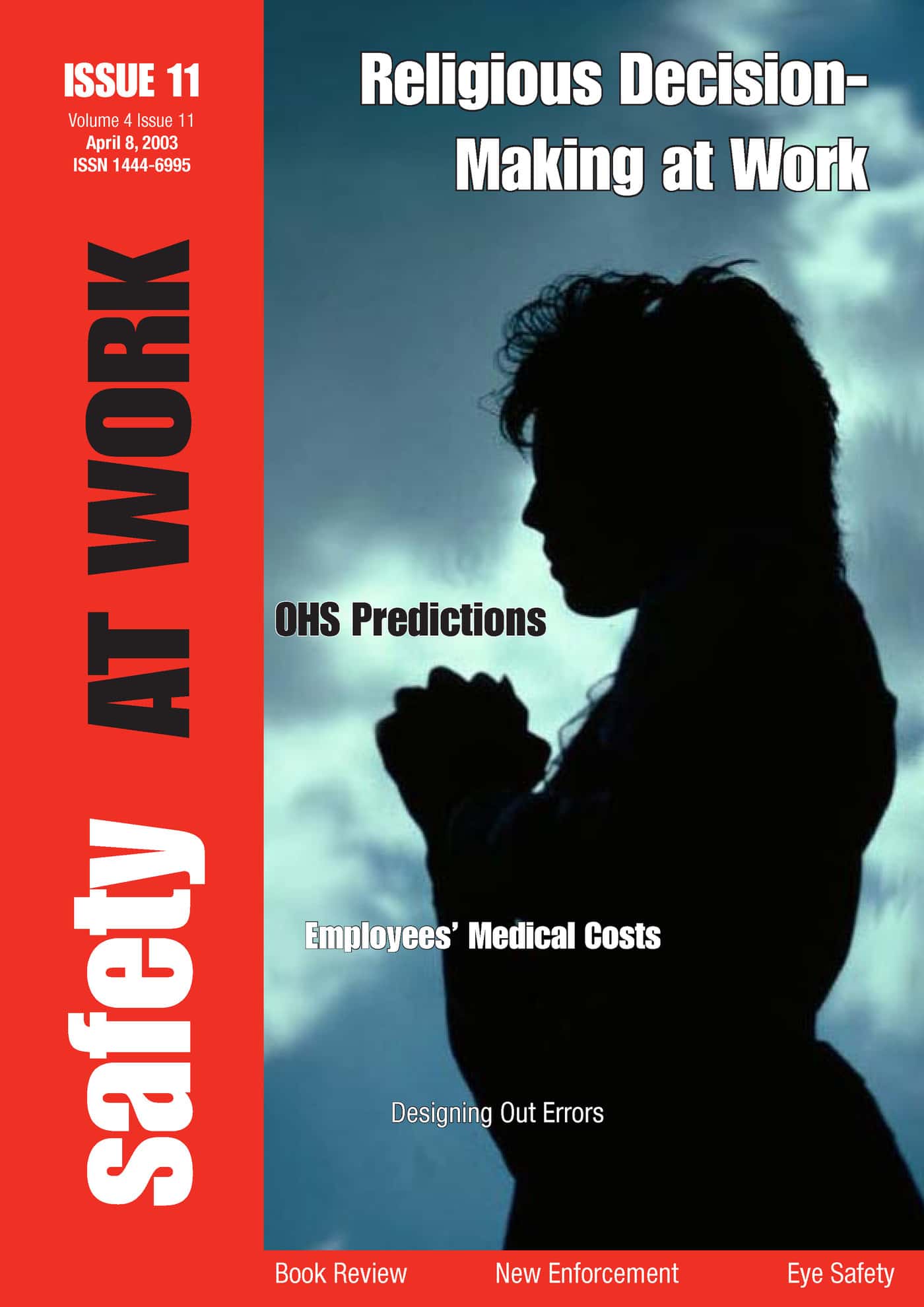The United States President, Barack Obama, has officially proclaimed 28 April 2010 as Workers Memorial Day.
It may be a politically appropriate announcement given the multiple fatalities that have happened recently in the United States, which the President mentions, but this should not overlook the fact that the leader of one of the most influential countries in the world has acknowledged the International Day of Mourning. Continue reading “National recognition of Workers’ Memorial Day – US & UK”


